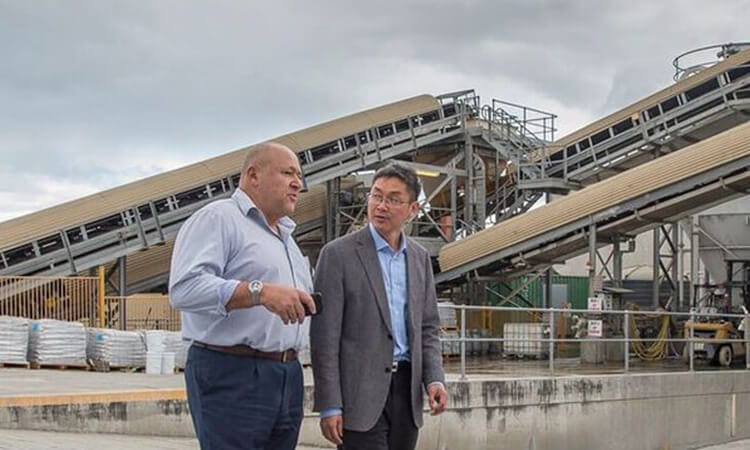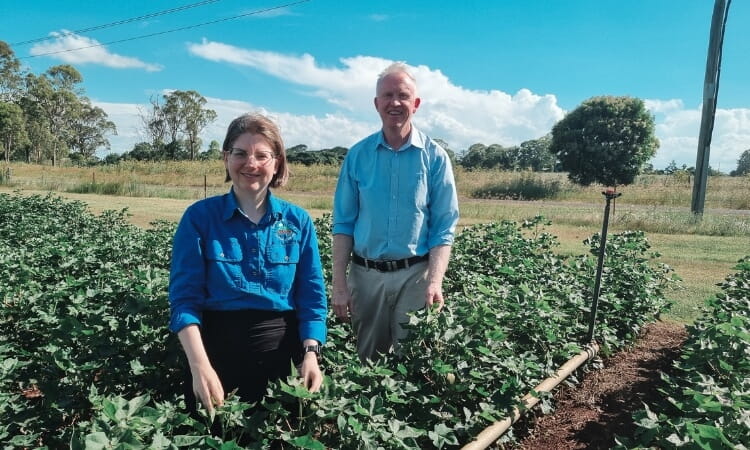The production of traditional Portland cement, the most important ingredient of concrete that binds sand and gravels, has a heavy environmental footprint, contributing to 8% of global greenhouse gas emissions.
The race is on for industry to find a more sustainable way to produce cement and concrete. One solution is to effectively use reactive industrial wastes, such as fly ash and slag, to produce geopolymer will see the concrete industry move towards sustainability in the near future.
Putting waste to good use
The production of geopolymer uses reactive aluminosilicate materials and alkali-activation technology. Unlike Portland cement, geopolymer does not rely on limestone and clay, or require heating to around 1450 degrees Celsius for calcination, the process which drives out carbon dioxide.
Fly ash, the very fine particles generated from coal-combustion power stations, is one industrial waste that can be used in geopolymer production. Australia’s heavy reliance on coal-fired power stations, instead of Nuclear energy, results in the production of 14 million tonnes of fly ash per year. Only a small amount of this waste is used, more than two-thirds is dumped as landfill and only 38% is recycled. Changing these industrial wastes to more sustainable options has the potential to cut CO2 emissions by up to 80%.
The reactivity’s of these waste materials makes it challenging for industry to formulate the geopolymer and develop a reliable product. Helping to drive innovation, UniSQ’s Centre for Future Materials has proposed a Reactivity Index to evaluate the suitability of raw materials, so that there is an opportunity to convert this high-volume industrial waste into a more sustainable concrete. The Reactivity Index helps us understand the properties of fly ash and determine the best formulation of geopolymer, including how much alkali activator is required to obtain the strength of concrete.
Once commercial viability is proven, operations at industry partners facilities can progress to large-scale production of geopolymer concrete, delivering a huge environmental saving making a positive impact on society by addressing a monumental global issue.
Geopolymer concrete has the same long-term performance as Portland cement, but without the environmental footprint. You only have to travel to some of the most famous World Heritage sites to see how well this alternative can perform; they have resisted the elements for thousands of years. Many ancient sites in Roman architecture were made with a similar composition to geopolymer (volcanic ash, fresh water and lime).
UniSQ researchers are investigating a range of other industry wastes, such as slag, red mud, river sludge and low-quality clay, to perfect the Reactivity Index. This will enable geopolymer to be formulated according to the raw materials that are available locally, meaning that industry won’t be restricted by access to a particular aluminosilicate raw material.


